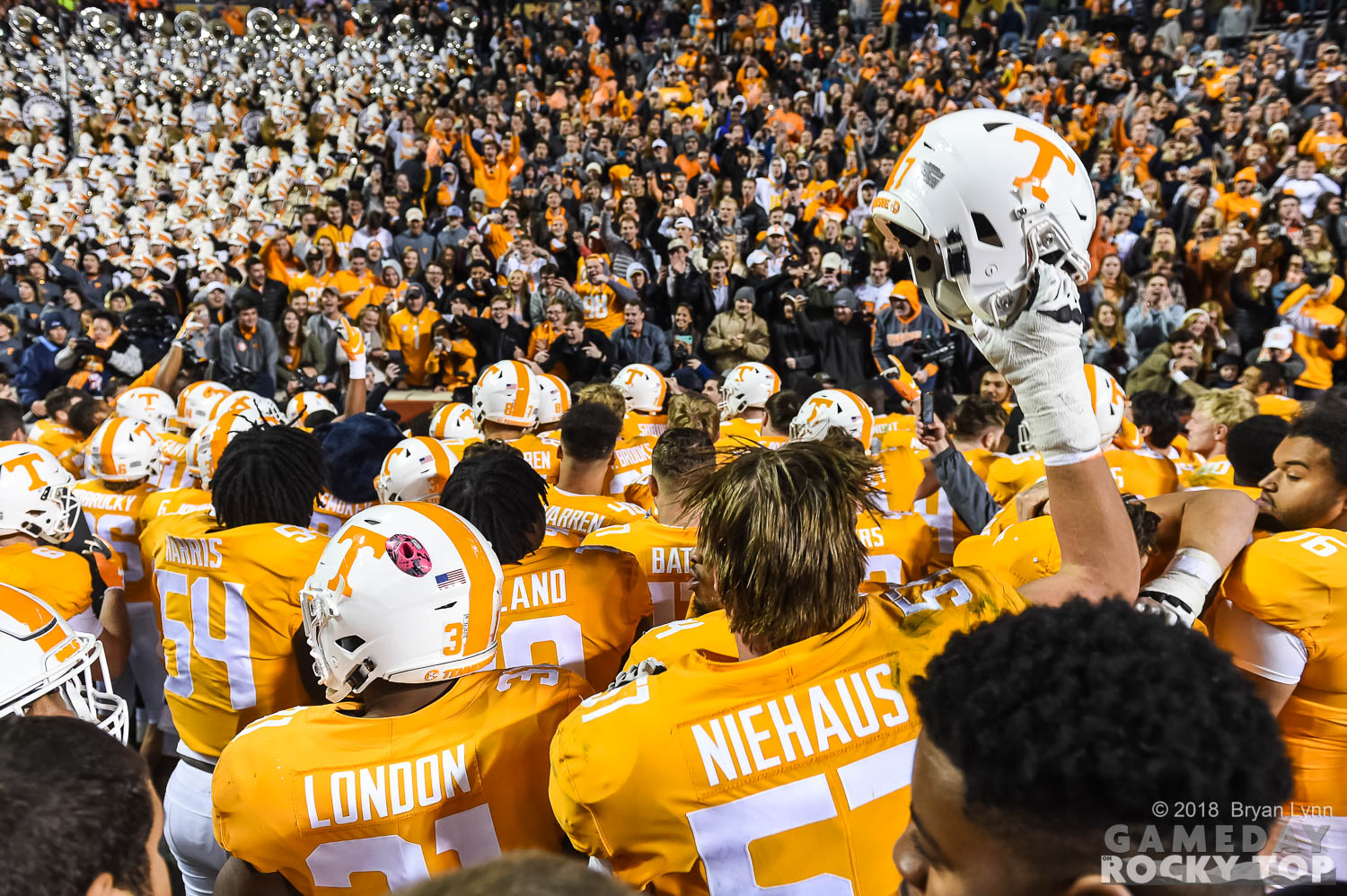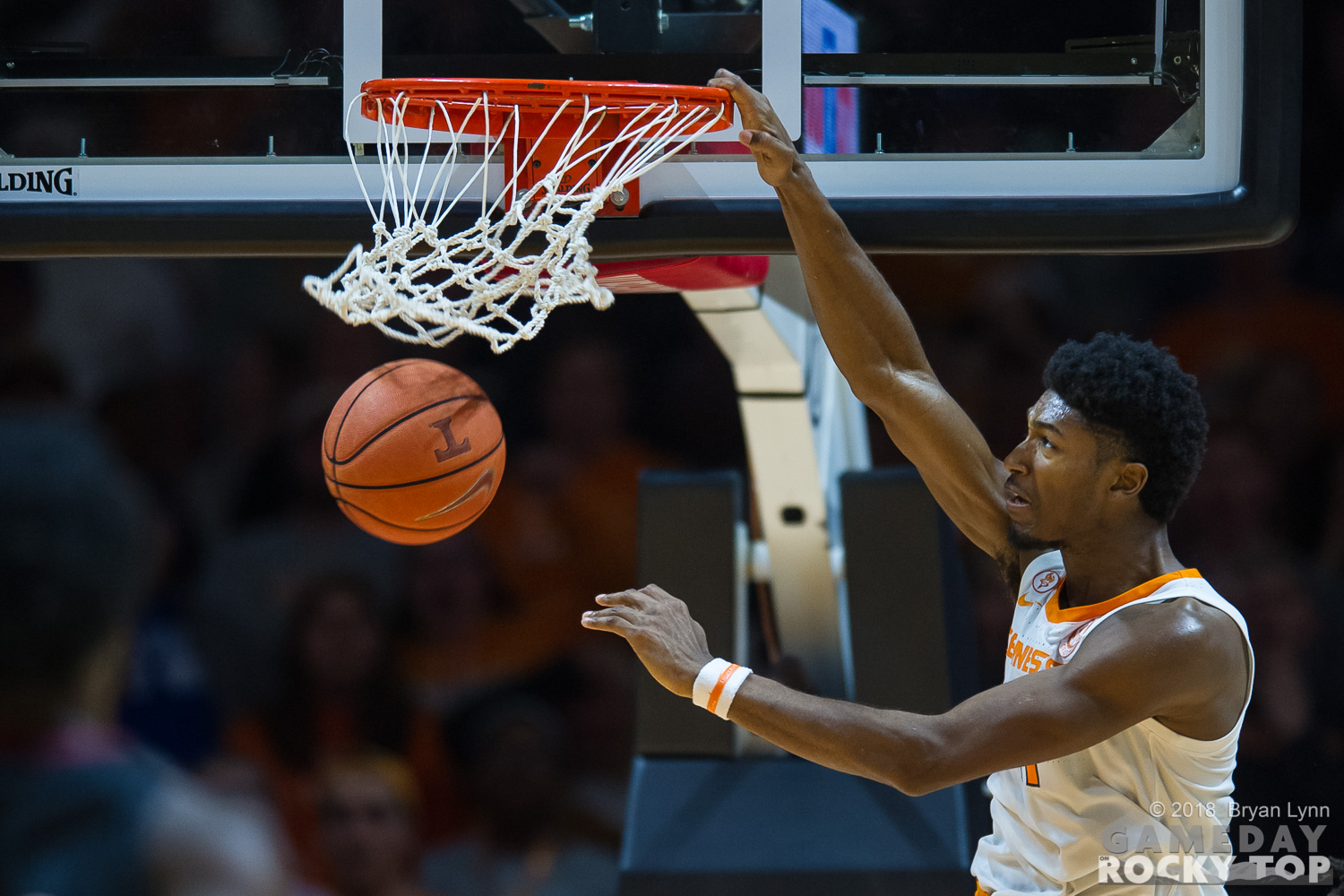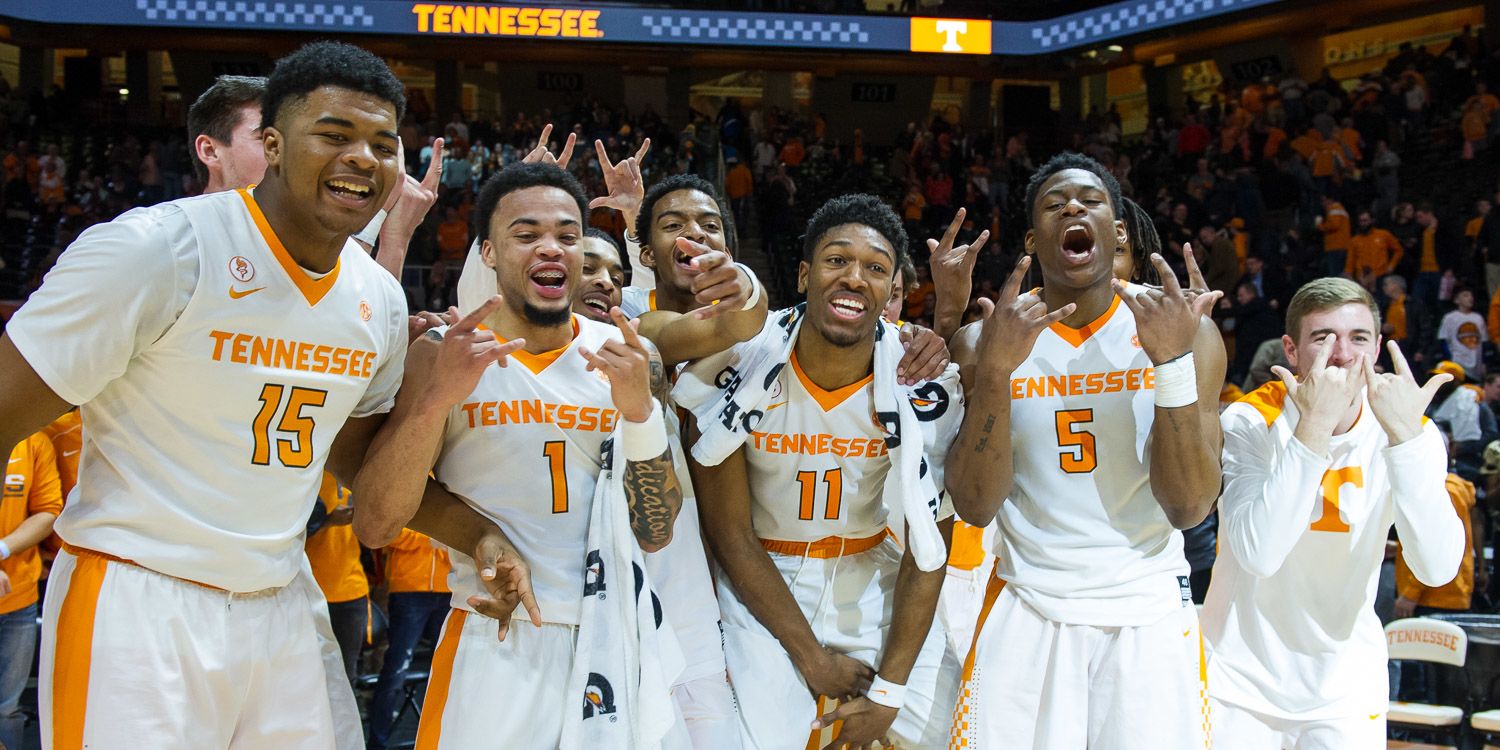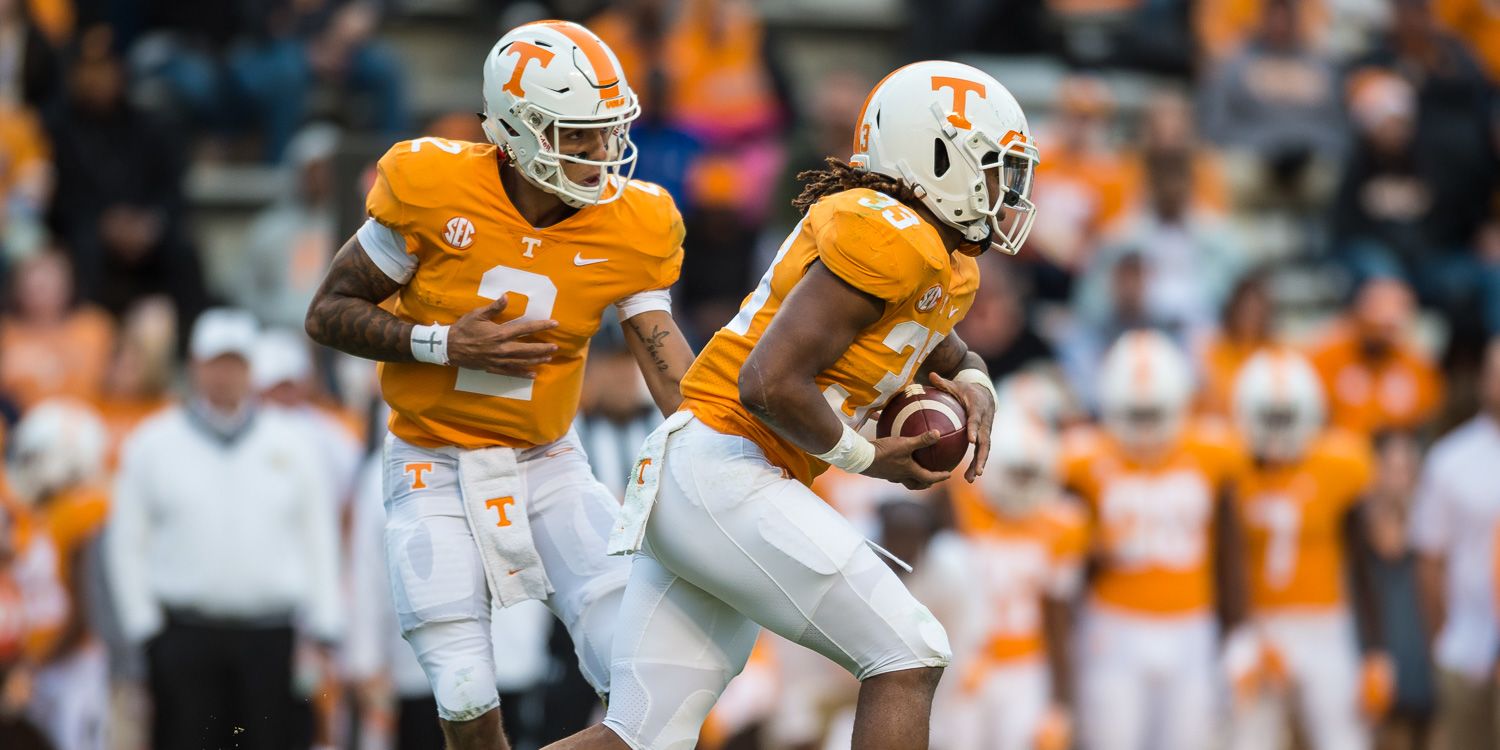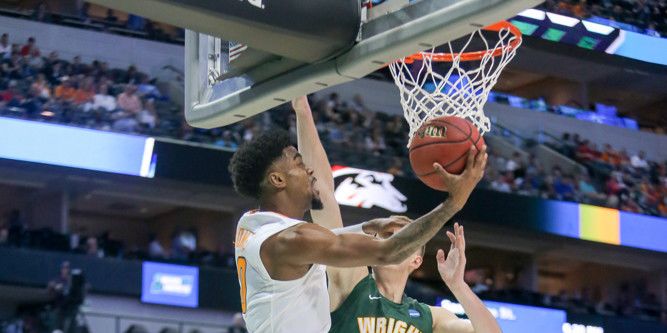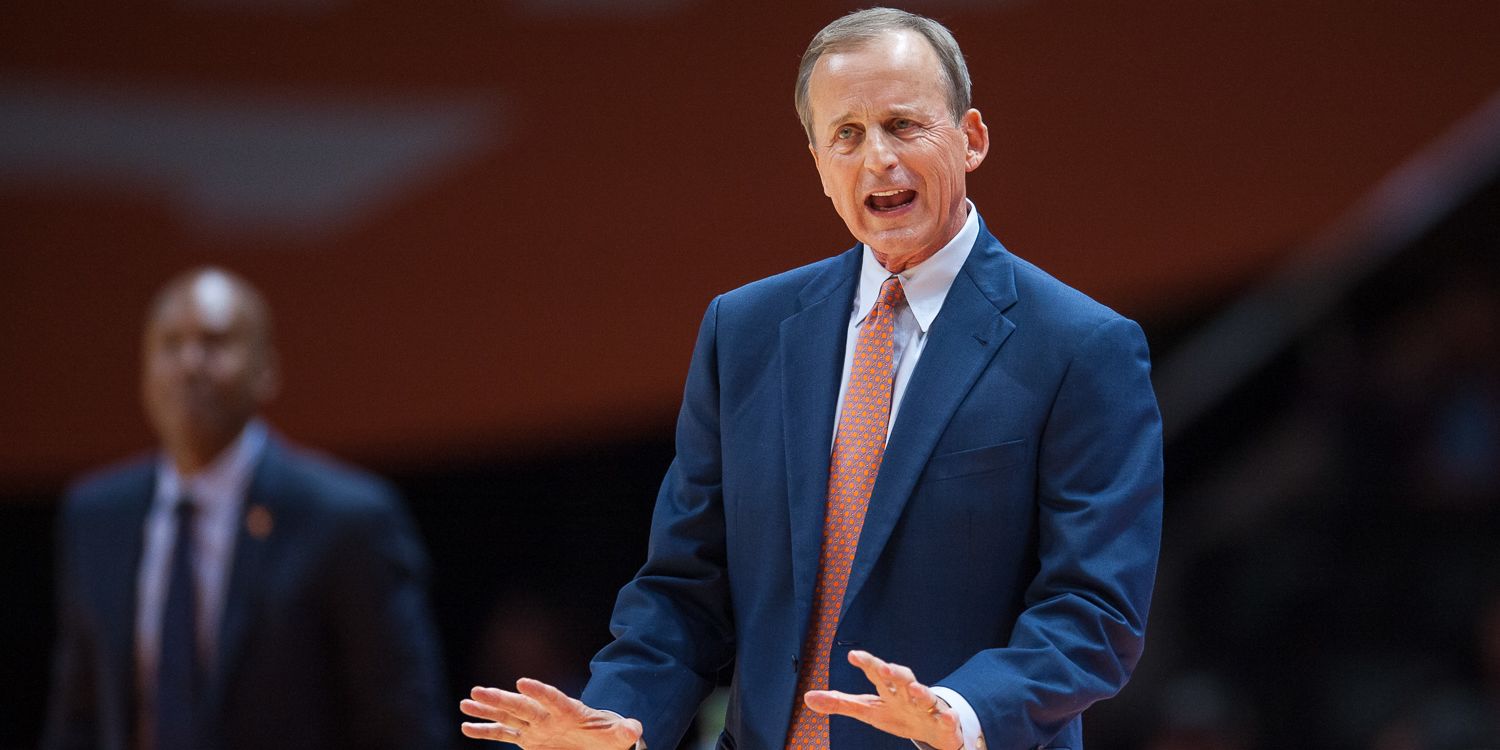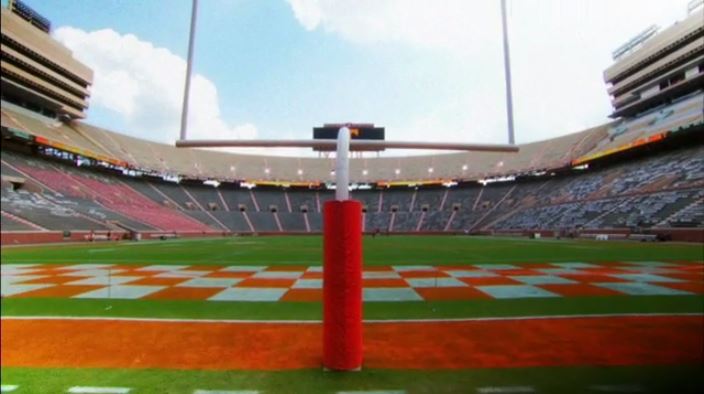Tennessee used three turnovers and an unreal third-and-long performance to beat Auburn. And despite a 21-9 third quarter lead, the right team won in Columbia two weeks ago with the Gamecocks dominant in their comeback. We assumed this – third downs, turnovers, etc. – was Tennessee’s specific path to victory, and it would take more talent for the Vols to be the right team.
Today, against the #11 Kentucky Wildcats, Tennessee was the right team.
It’s felt weird all week, Kentucky being favored and (rightly) ranked so high. And so now, on the heels of Tennessee’s 24-7 victory, there’s a tendency to treat it like business as usual; the Vols haven’t lost to Kentucky, ranked or otherwise, in Knoxville since 1984.
Let’s be clear: this was not business as usual. Not just for Jeremy Pruitt, but for the Vols in recent memory.
Two second half fumbles made the score look more respectable. But Tennessee gained 412 yards in 60 snaps, 6.86 yards per play. Kentucky gained 262 yards in 73 plays, 3.59 yards per play. That difference of 3.27 yards per play is the best for any Vol squad against power five competition since Lane Kiffin’s 2009 Vols beat Georgia 45-19 with a difference of 3.49 yards per play.
That day felt like validation. Again, it’s hard for a Tennessee coach to earn validation by beating Kentucky in football. But those Dawgs were unranked, and these Cats just outside the Top 10. It feels a bit like Tennessee’s blowout of #12 Northwestern in the Outback Bowl at the end of the 2015 season: the name can carry more weight than the ranking, so much so we might fail to appreciation the level of domination.
Much of the validation we’re looking for – as much as is available this year – is one more win away. Butch Jones beat a South Carolina team that finished fourth nationally, but a failure to earn bowl eligibility made that memory fade. As we’ve mentioned before, those Gamecocks might have been the best team Jones beat in his entire tenure. But at Tennessee, 5-7 is never going to qualify as a memorable year.
For today to last, the Vols need to win one more. But for now…today was quite memorable indeed.
Jarrett Guarantano averaged 9.9 yards per attempt and tear-dropped several balls, including the end-of-half hail mary. For a team that couldn’t run all year? Ty Chandler and Tim Jordan combined for 152 yards on 31 carries, plus 59 more for Jordan Murphy on the reverse. Two school records were tied or broken today, as Darrell Taylor notched four sacks and Guarantano continues to just not throw interceptions. He’s got a shot at Peyton Manning’s single-season record of four picks.
Tennessee wasn’t lucky or gimmicky. They simply dominated Kentucky on both sides of the ball, the type of performance that raises the ceiling of everyone involved.
Jeremy Pruitt now has two ranked wins in ten games. Lane Kiffin got one in his only season, Derek Dooley infamously went oh-for-three-years, and Butch Jones got the Gamecocks in year one and Georgia in year three. It’s a big deal.
Pruitt also got a schedule that some might rank the toughest in the nation through this week. Kentucky is the sixth Tennessee foe to have spent time in the Top 15 this season. The next two won’t make that list, but the Vols still need one of them to earn bowl eligibility. Missouri will present in many ways the opposite challenge from today; if Vanderbilt beats Ole Miss next week the Vols and ‘Dores could face each other with only one going through to the postseason.
There’s work left to do. But today was some of the best work we’ve seen in this decade. We almost always beat Kentucky. But we almost never beat a ranked team – or anyone – like this.
Go Vols.
